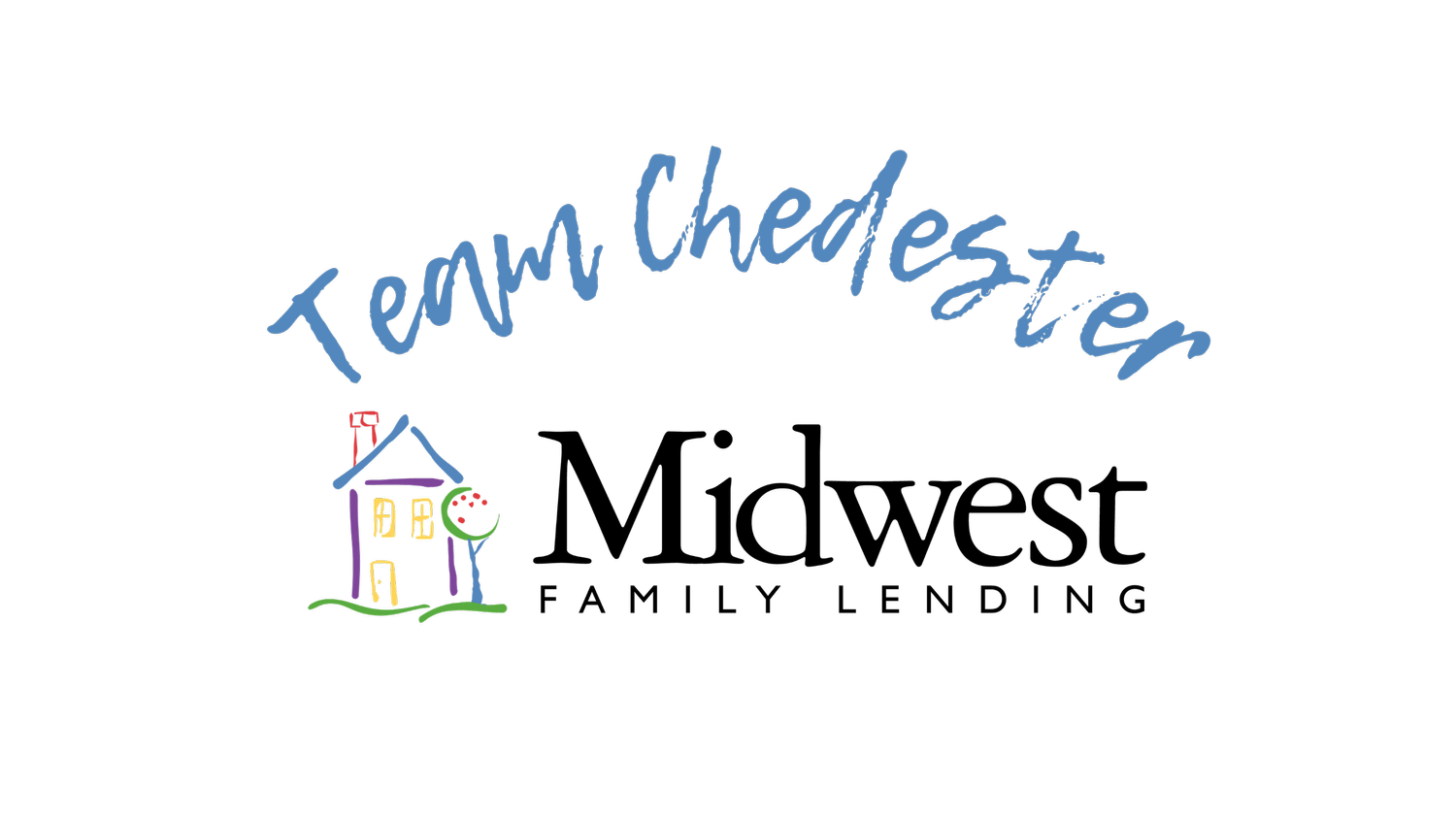How Temporary Rate Buydowns Work for FHA, VA, USDA, and Conventional Loans
With today’s higher interest rates, many homebuyers in Iowa are hearing about something called a temporary rate buydown — often described as a 3-2-1 buydown, 2-1 buydown or 1-0 buydown. But what does that actually mean, who pays for it, and does it make sense for your mortgage?
Let’s break down how temporary buydowns work across FHA, VA, USDA, and Conventional loans — and when they can be a smart short-term strategy for your budget.
What Is a Temporary Rate Buydown?
A temporary buydown is a seller- or lender-funded credit that temporarily lowers your mortgage interest rate for the first one to three years of your loan.
It gives you smaller monthly payments during those first years — before the rate returns to the original note rate.
👉 Think of it as a “payment bridge” that helps you ease into your new mortgage while your income or market rates adjust.
How It Works: The 2-1 Buydown Example
Let’s say you lock in a 7% interest rate on a 30-year fixed loan.
Year 1: Rate reduced by 2% → you pay at 5%
Year 2: Rate reduced by 1% → you pay at 6%
Year 3+: Returns to your full 7% rate
The difference in payment between your reduced rate and your actual note rate is prepaid — usually by the seller, builder, or lender — and placed in an escrow account. Each month, the lender draws from that account to “cover” the difference.
✅ Your rate isn’t changing — you’re just temporarily paying less because someone else is subsidizing the difference up front.
Who Can Pay for a Buydown?
Temporary buydowns are typically funded by:
The seller (as a concession)
The builder (in new construction)
The lender (as part of a pricing incentive)
💡 You can’t pay for your own buydown. The cost must come from one of these parties as part of your loan closing.
Temporary Buydowns by Loan Type
🏠 FHA Loans
FHA allows temporary buydowns on fixed-rate mortgages (1-year or 1-0, 2-1, or 3-2-1 structures).
The buydown cost must come from a third party — not the borrower.
Often paired with seller concessions (up to 6% of the purchase price).
Great for first-time buyers easing into a higher payment range.
Example:
On a $250,000 home, a 2-1 buydown could save you roughly $300–$400/month in the first year, giving your budget breathing room.
🎖️ VA Loans
VA allows temporary buydowns under the same principle as FHA, as long as the borrower qualifies at the full note rate.
The buydown must be paid by an interested third party (seller, builder, lender).
VA limits total seller concessions to 4% of the loan amount, and the buydown funds count toward that limit, but keep in mind that the VA does not have a set limit on the total seller-paid costs.
Especially helpful for veterans transitioning back to civilian pay or waiting on disability adjustments.
Example:
A veteran purchasing at 0% down can use a 2-1 buydown incentive to make the first two years of homeownership more affordable — without changing their long-term rate.
🌾 USDA Loans
USDA also permits temporary buydowns on fixed-rate loans.
Like FHA, the borrower must qualify at the full interest rate.
The buydown must be funded through seller or lender credits (not by the borrower).
Works well for rural Iowa buyers using 100% financing to reduce initial monthly payments.
Example:
For an eligible buyer in Adel or Indianola, a 2-1 buydown can drop the first-year payment by hundreds while still maintaining zero-down financing.
💼 Conventional Loans
Conventional (Fannie Mae/Freddie Mac) loans allow 1-year (often referred to as a 1-0), 2-1, or 3-2-1 buydown options.
The borrower must qualify at the full rate.
Seller concessions vary:
3% max for down payments under 10%
6% for 10–25% down
9% for 25%+ down
Popular with move-up buyers and sellers offering incentives to offset higher rates.
Example:
A seller offering a $6,000 credit could cover a 2-1 buydown that saves the buyer roughly $350/month in year one and $175/month in year two.
Temporary vs Permanent Buydown: What's the Difference?
| Type | How It Works | Who Pays | How Long It Lasts | Best For |
|---|---|---|---|---|
| Temporary Buydown | Reduces your payment short-term | Seller, builder, or lender | 1–3 years | Buyers expecting income growth or rate drops |
| Permanent Buydown (Discount Points) | You pay extra at closing to reduce the interest rate | Borrower | Life of the loan | Buyers staying long-term or locking in lower lifetime cost |
Temporary buydowns are more like “training wheels,” while discount points are a true long-term investment.
When a Temporary Buydown Makes Sense
✅ You expect income to rise (promotion, spouse returning to work, etc.)
✅ You believe rates may drop and plan to refinance later
✅ You’re buying from a seller or builder already offering credits
✅ You want payment relief in the first 1–2 years
When to Be Cautious
⚠️ Don’t rely on a refinance that may not materialize.
⚠️ If you barely qualify at the full rate, you may face payment shock later.
⚠️ The buydown doesn’t reduce your actual rate — only your initial payment.
Bottom Line
A temporary rate buydown can be a smart way for Iowa buyers to ease into homeownership — especially when paired with FHA, VA, USDA, or Conventional financing.
But remember: it’s a short-term solution, not a discount on your true interest rate. Always make sure you can comfortably afford the payment once it resets.
